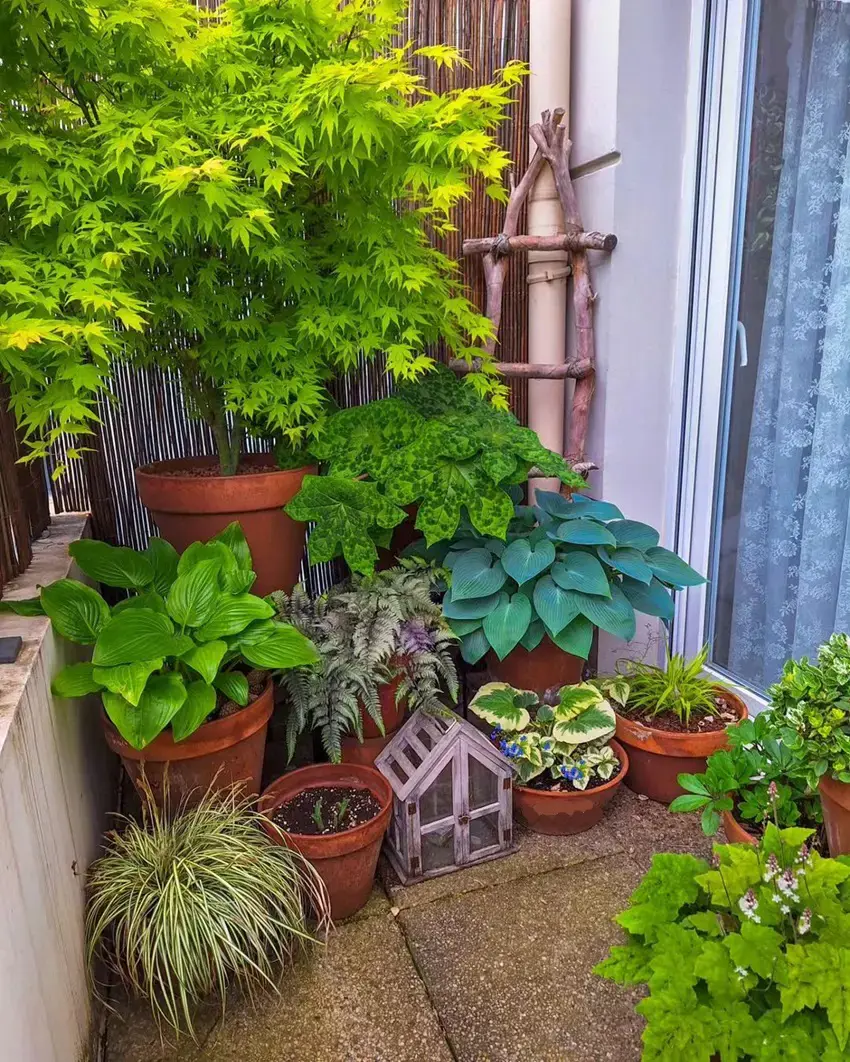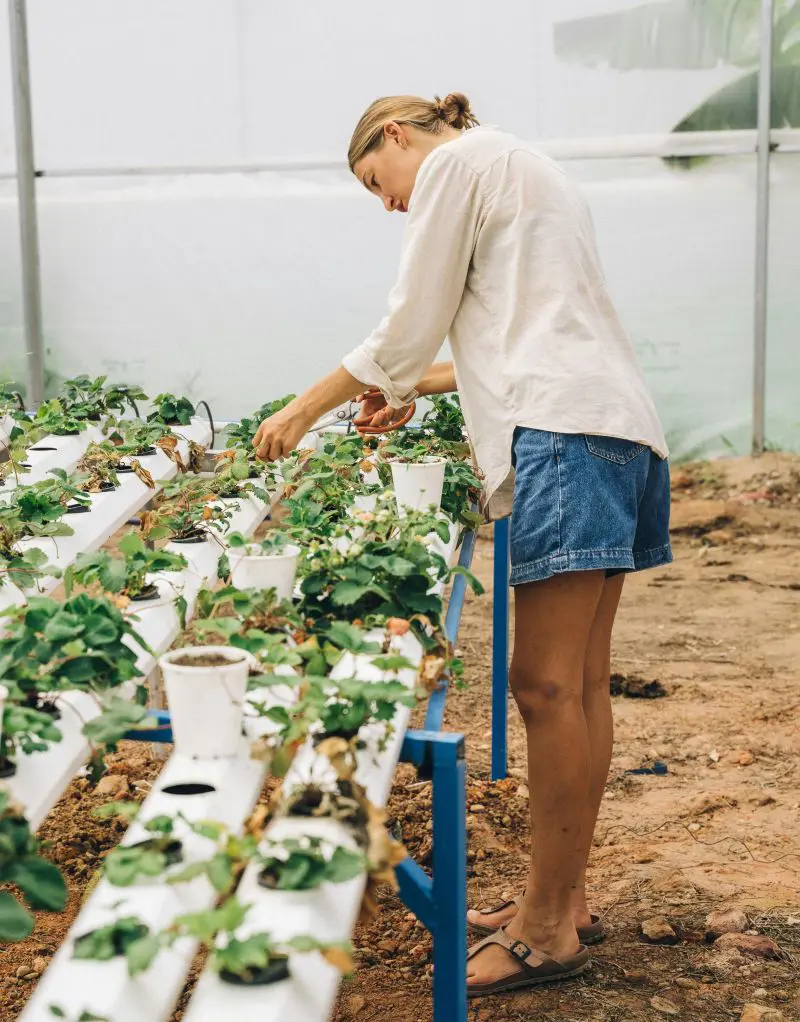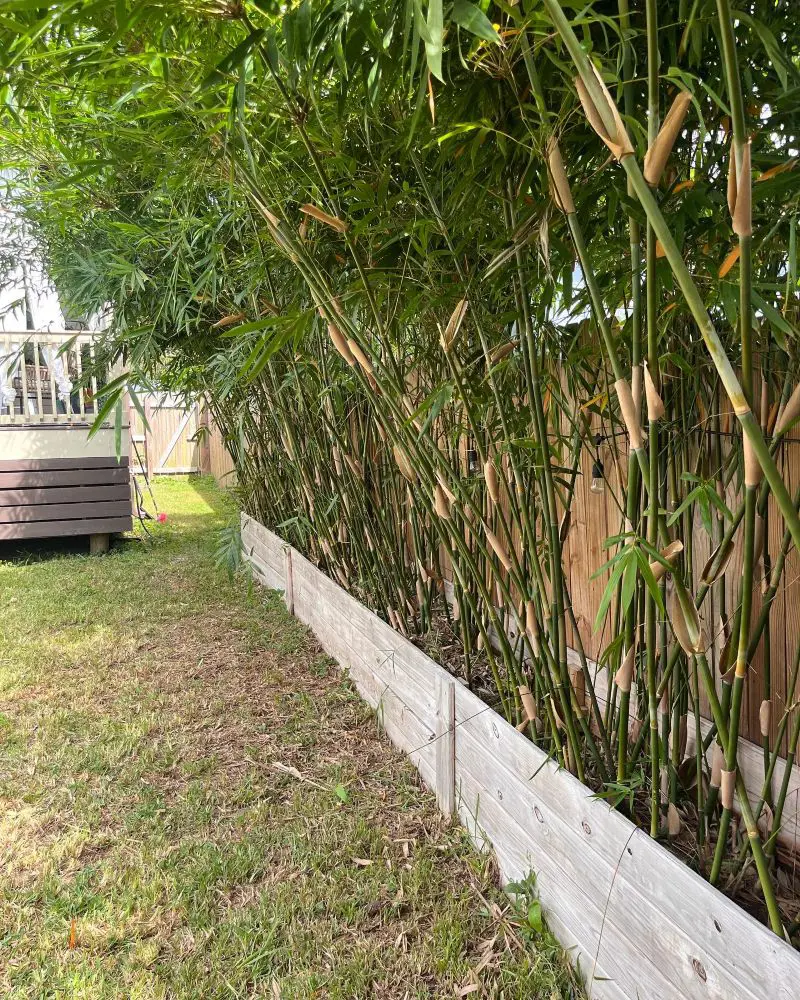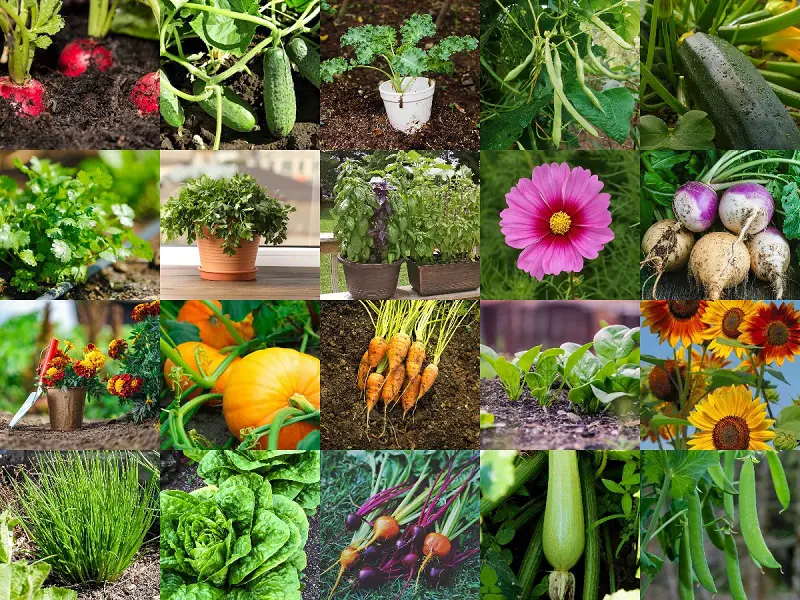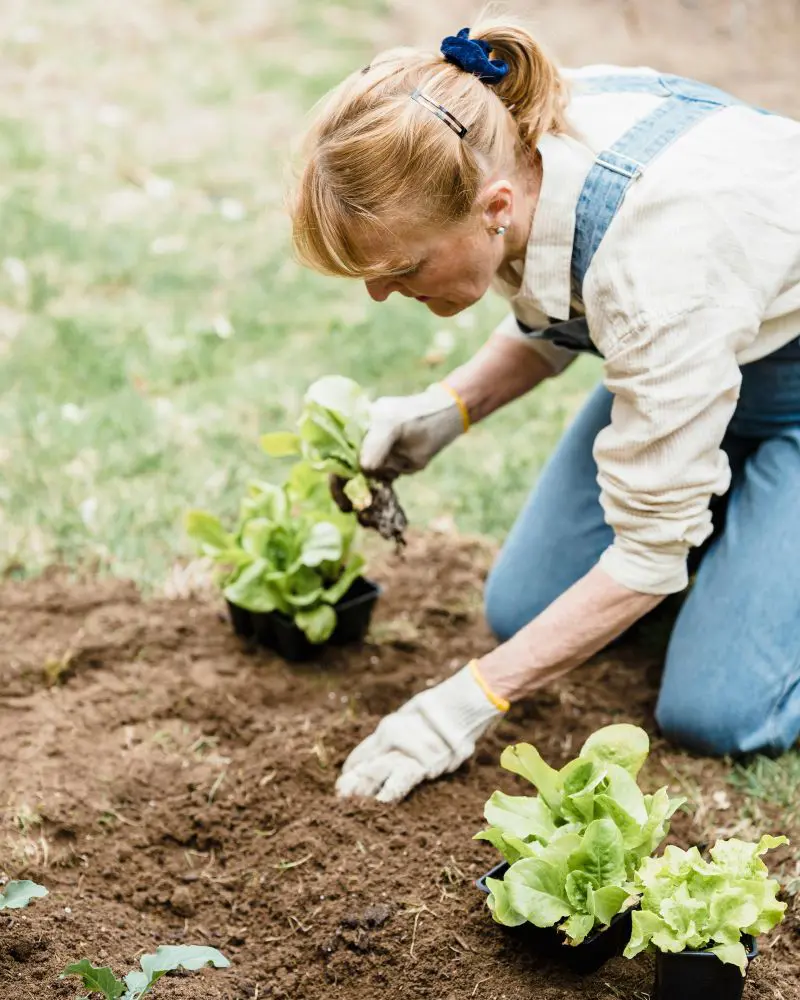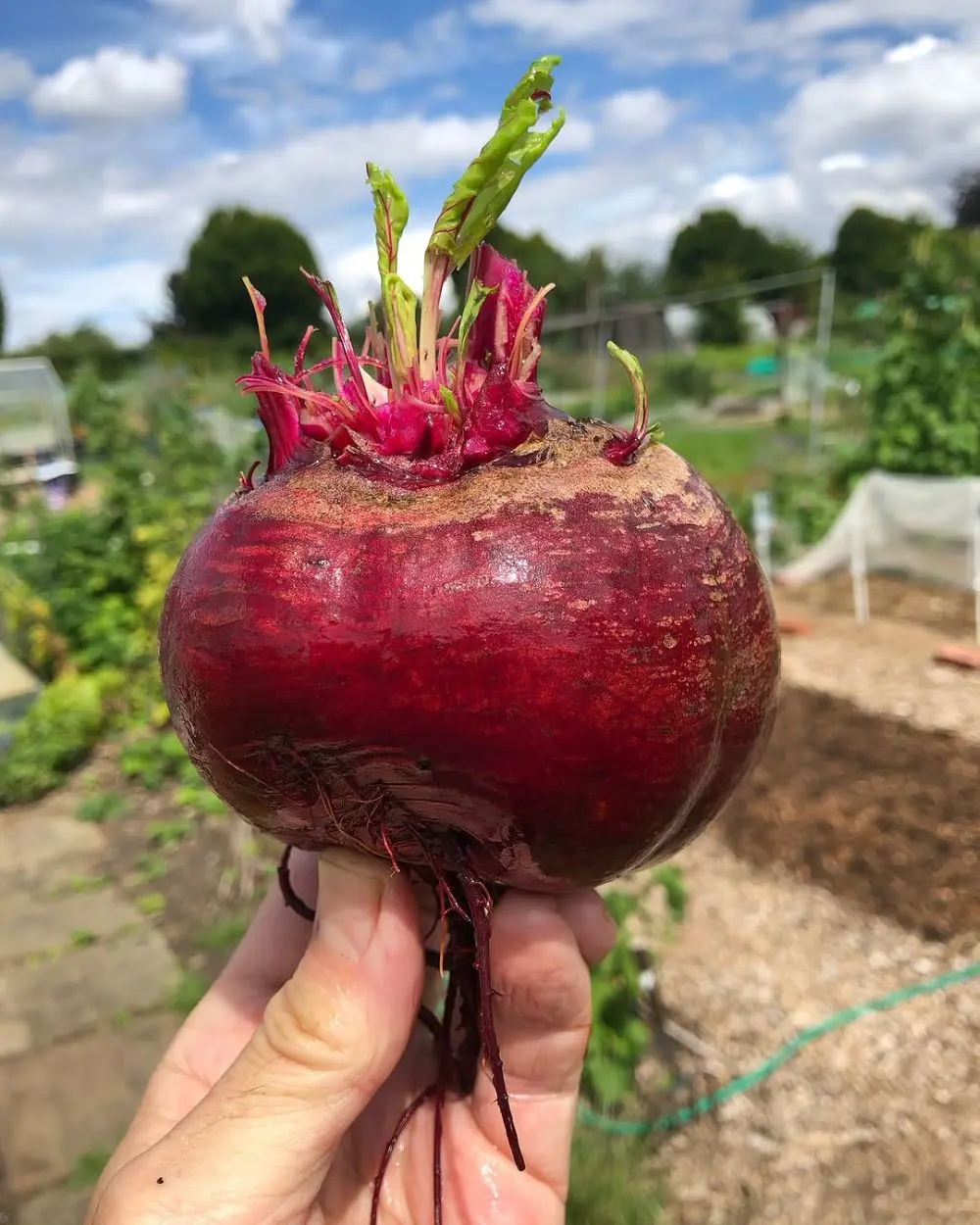Container gardening involves growing plants in various containers instead of planting them directly in the ground. These containers can range from traditional pots to repurposed items like buckets, barrels, and even old boots.
It offers an accessible and flexible way to grow plants in limited spaces. Whether you live in an apartment, have a small backyard, or simply want to add some greenery to your patio, container gardening can be a rewarding and practical solution.
This guide will walk you through everything you need to know to get started.
How to Start Container Gardening
Starting a container garden requires some planning and preparation. Here are the essential steps to get you started:
- Choose Your Location: Determine where you want to place your containers. Consider factors like sunlight, wind exposure, and proximity to water sources.
- Select Your Containers: Choose containers based on the types of plants you want to grow and the available space.
- Select Plants: Decide what plants you want to grow based on your climate, the container size, and your personal preferences.
- Gather Supplies: You'll need potting soil, tools for planting and maintenance, and any necessary fertilizers or pest control products.
- Planting: Follow specific planting guidelines for each type of plant, ensuring they have enough space and nutrients to thrive.
- Care and Maintenance: Regularly water, fertilize, and monitor your plants for pests or diseases.
Select the Perfect Container
The choice of container is crucial for the health and growth of your plants. Here are some factors to consider:
- Material: Containers can be made from various materials like plastic, terracotta, wood, metal, and ceramic. Each has its advantages and disadvantages. For instance, terracotta pots are breathable but can dry out quickly, while plastic pots retain moisture well but might not be as aesthetically pleasing.
- Weight: Consider the weight of the container, especially if you plan to move it around. Lightweight materials like plastic are easier to handle than heavy ceramic or concrete.
- Aesthetics: Choose containers that complement your garden's style and the plants you intend to grow.
Container Sizes
The size of your container is crucial for the growth of your plants. Here are some general guidelines:
- Small Containers: Suitable for herbs, small flowers, and shallow-rooted vegetables like lettuce.
- Medium Containers: Ideal for medium-sized plants such as peppers, eggplants, and bush beans.
- Large Containers: Necessary for larger plants like tomatoes, cucumbers, and small trees or shrubs.
Always ensure that your container is large enough to accommodate the plant's root system.
How Large Should the Drainage Holes Be?
Proper drainage is essential for container gardening. Without adequate drainage, water can accumulate at the bottom of the container, leading to root rot and other problems. Here are some tips:
- Size: Drainage holes should be at least 1/2 inch in diameter. Larger containers may require multiple holes.
- Quantity: One to three holes should suffice for smaller containers, while larger ones might need more to ensure proper drainage.
- Positioning: Holes should be evenly distributed at the bottom of the container to allow water to escape.
If your container doesn't have drainage holes, you can drill them yourself or use a liner with holes.
Choose the Best Soil Mix
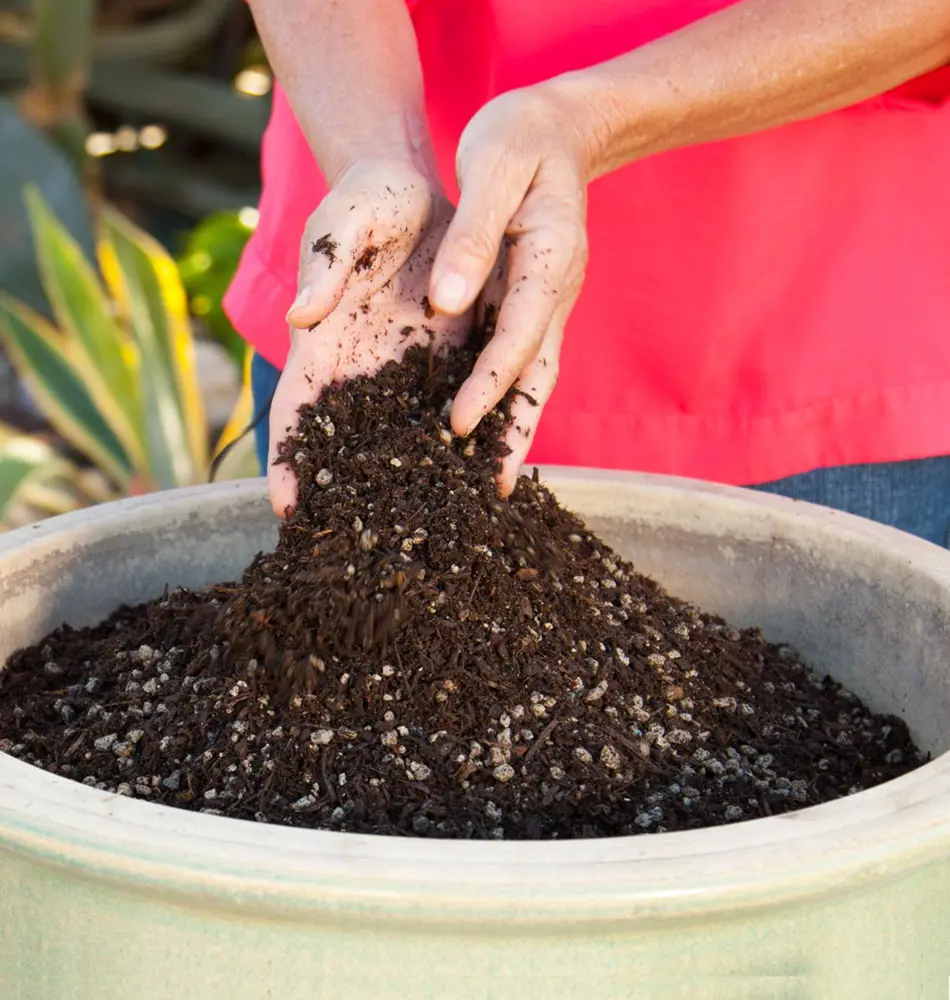
The right soil mix is vital for the success of your container garden. Here’s what you need to know:
- Potting Mix vs. Garden Soil: Never use garden soil in containers, as it can be too dense and may contain pests or diseases. Use a high-quality potting mix designed for container gardening.
- Components: A good potting mix usually contains peat moss or coir for moisture retention, perlite or vermiculite for aeration, and compost or aged manure for nutrients.
- Customization: You can create a custom mix by combining these components according to the needs of your plants. For example, cacti and succulents require a well-draining mix, while moisture-loving plants need a mix that retains water.
Pick Suitable Plants
Choosing the right plants for your container garden depends on several factors:
- Climate: Select plants that are well-suited to your local climate. Consider the temperature range, humidity, and seasonal variations.
- Sunlight: Determine how much sunlight your chosen location receives and select plants accordingly. Full-sun plants need at least six hours of direct sunlight, while shade-loving plants thrive in less.
- Plant Size: Ensure that the mature size of the plant fits your container and available space. Avoid overcrowding, as it can lead to poor air circulation and increased susceptibility to pests and diseases.
Some popular container plants include:
- Flowers: Petunias, geraniums, marigolds, and pansies.
- Herbs: Basil, parsley, cilantro, and mint.
- Vegetables: Tomatoes, peppers, lettuce, and radishes
- Fruits: Strawberries, dwarf citrus trees, and blueberries.
Select Color Schemes and Plant Combinations
Creating a visually appealing container garden involves thoughtful selection of plant colors and combinations:
- Color Schemes: Choose colors that complement each other. Harmonious color schemes (using colors next to each other on the color wheel) create a calm and cohesive look, while contrasting schemes (using colors opposite on the color wheel) add vibrancy and excitement.
- Plant Combinations: Combine plants with similar growing requirements (light, water, and soil needs). Consider the height, texture, and growth habits of plants to create an interesting and balanced composition. For example, pair tall plants with trailing ones for a dynamic effect.
Here are some examples of plant combinations:
- Herb Garden: Basil, oregano, thyme, and parsley.
- Flowering Container: Petunias, marigolds, and trailing ivy.
- Vegetable Mix: Cherry tomatoes, basil, and lettuce.
The Benefits of Container Gardening
Container gardening offers numerous benefits, making it an attractive option for both novice and experienced gardeners:
- Space Efficiency: Perfect for small spaces like balconies, patios, and urban environments.
- Flexibility: Easy to move and rearrange containers to optimize sunlight and aesthetics.
- Control: Greater control over soil quality, water, and nutrients, reducing the risk of pests and diseases.
- Accessibility: Ideal for individuals with limited mobility, as containers can be placed at convenient heights.
- Versatility: Suitable for growing a wide variety of plants, including those that might not thrive in your native soil.
How to Water Container Gardens
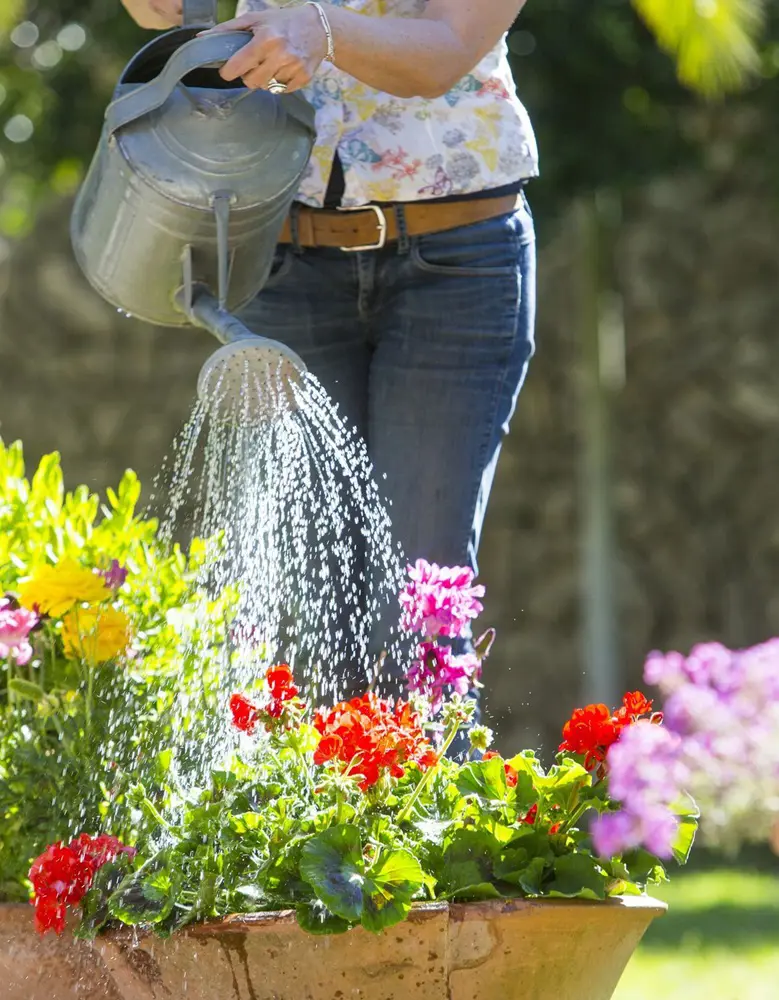
Proper watering is crucial for the success of your container garden. Here are some tips to ensure your plants receive the right amount of water:
- Check Moisture Levels: Regularly check the soil moisture by inserting your finger into the soil up to the second knuckle. If it feels dry, it's time to water.
- Watering Frequency: The frequency of watering depends on factors like plant type, container size, and weather conditions. Generally, containers need more frequent watering than garden beds, especially during hot, dry weather.
- Watering Method: Water the soil directly rather than the foliage to prevent diseases. Water thoroughly until it drains out of the bottom holes, ensuring the entire root system receives moisture.
- Self-Watering Containers: Consider using self-watering containers, which have a built-in reservoir that provides a steady supply of water to the roots, reducing the need for frequent watering.
Fertilizing Container Plants
Since container plants rely on the limited soil in their pots, regular fertilization is essential to provide the nutrients they need. Here’s how to fertilize your container garden effectively:
- Choose the Right Fertilizer: Use a balanced, water-soluble fertilizer or a slow-release granular fertilizer. Look for formulations specific to the types of plants you're growing (e.g., vegetable, flower, or herb fertilizers).
- Frequency: Follow the recommendations on the fertilizer package. Generally, water-soluble fertilizers should be applied every 2-4 weeks, while slow-release fertilizers may only need to be applied once every 2-3 months.
- Application: Apply fertilizers according to the instructions, being careful not to over-fertilize, which can harm the plants. Water the plants after applying fertilizer to help distribute nutrients evenly.
Environmental Optimization
Optimizing the environment for your container garden will help ensure healthy, thriving plants. Here are some key factors to consider:
Light
- Sunlight: Ensure your plants receive the appropriate amount of sunlight. Full-sun plants need at least six hours of direct sunlight per day, while shade-loving plants do best with less.
- Artificial Lighting: If natural light is insufficient, consider using grow lights to supplement. LED grow lights are energy-efficient and can provide the necessary spectrum for plant growth.
Temperature
- Heat Tolerance: Some plants are more heat-tolerant than others. During extreme heat, provide shade or move containers to a cooler spot.
- Cold Protection: For cold-sensitive plants, bring containers indoors or provide insulation during chilly weather. Use frost blankets or move containers close to walls for added warmth.
Wind
Wind Protection: Strong winds can damage plants and dry out the soil quickly. Place containers in sheltered locations or use windbreaks like trellises, fences, or other structures.
Humidity
- Humidity Levels: Some plants thrive in high humidity, while others prefer drier conditions. Group plants with similar humidity needs together and consider using humidity trays or misting to increase moisture for humidity-loving plants.
Troubleshooting Common Issues
Even with careful planning and maintenance, container gardens can encounter problems. Here are some common issues and how to address them:
Pests
- Aphids, spider mites, and whiteflies: Regularly inspect plants for pests and use insecticidal soap or neem oil to control infestations.
- Slugs and snails: Use barriers, such as copper tape or diatomaceous earth, around containers to deter these pests.
Diseases
- Fungal infections: Avoid overhead watering and ensure good air circulation. Remove and discard infected plant parts.
- Root rot: Ensure proper drainage and avoid overwatering. Use well-draining potting mixes.
Nutrient Deficiencies
- Yellowing leaves: Often a sign of nitrogen deficiency. Apply a balanced fertilizer.
- Poor flowering or fruiting: This may indicate a lack of phosphorus. Use a fertilizer high in phosphorus.
Seasonal Care and Maintenance
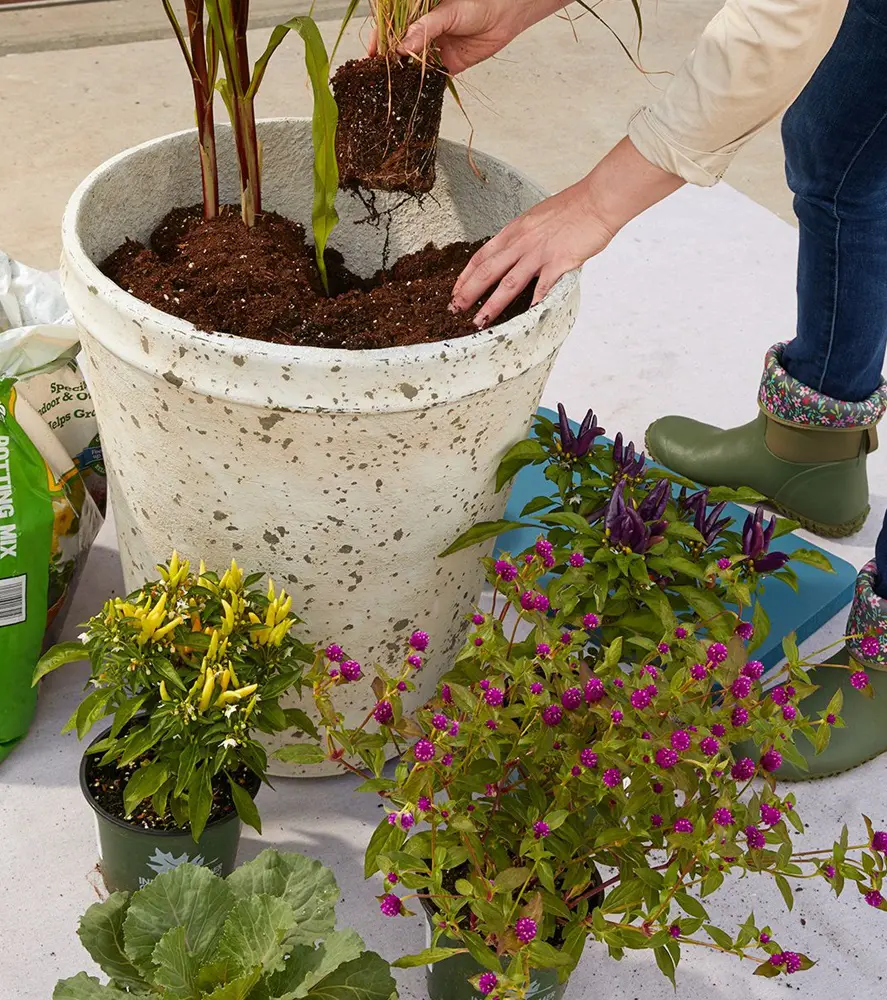
Container gardens require different care throughout the seasons. Here's a brief overview of what to do during each season:
Spring
- Planting: Start planting cool-season vegetables and flowers. Repot plants that have outgrown their containers.
- Fertilizing: Begin regular fertilization to support new growth.
Summer
- Watering: Increase watering frequency to keep up with hot, dry weather.
- Pest Control: Monitor for pests and diseases, treating as necessary.
Fall
- Harvesting: Continue harvesting vegetables and herbs. Begin planting cool-season crops.
- Preparation: Prepare containers for winter by cleaning and storing empty pots. Mulch perennial plants to protect roots from freezing.
Winter
- Protection: Move sensitive plants indoors or to sheltered locations. Use frost blankets for added protection.
- Maintenance: Plan for next year's garden, order seeds, and clean and repair gardening tools.
